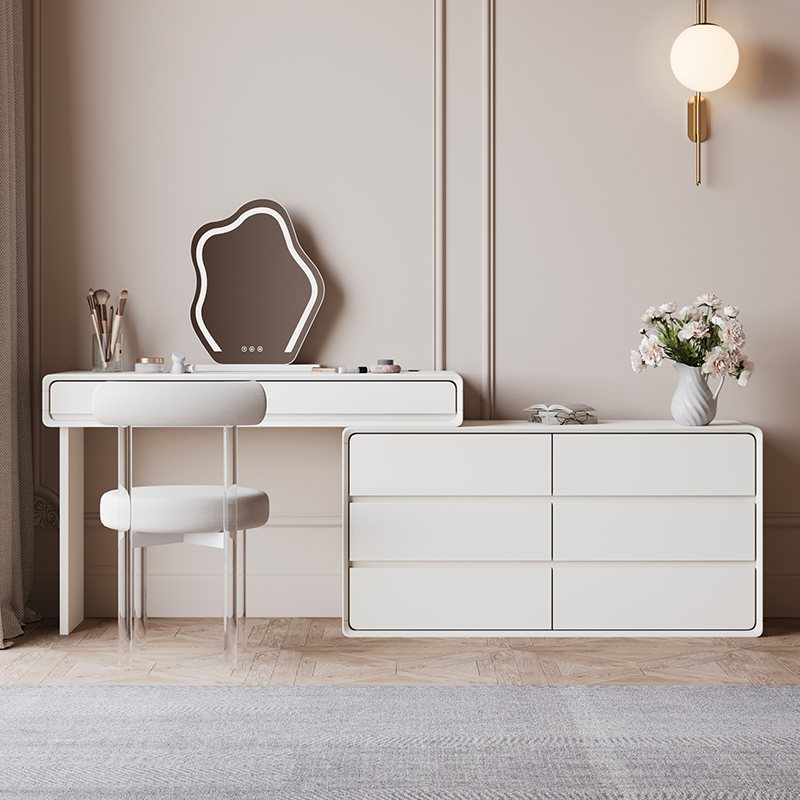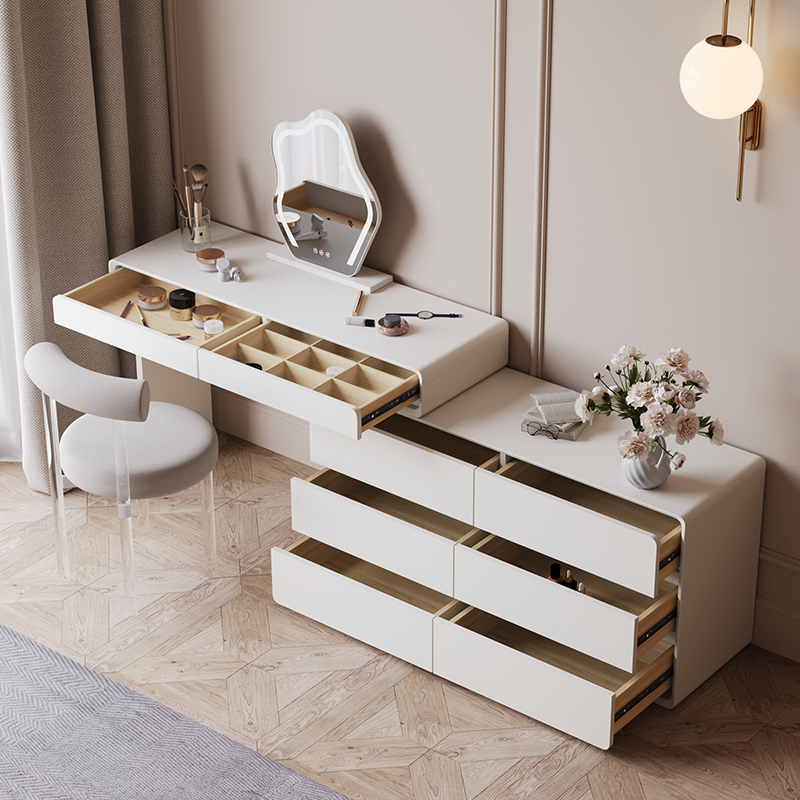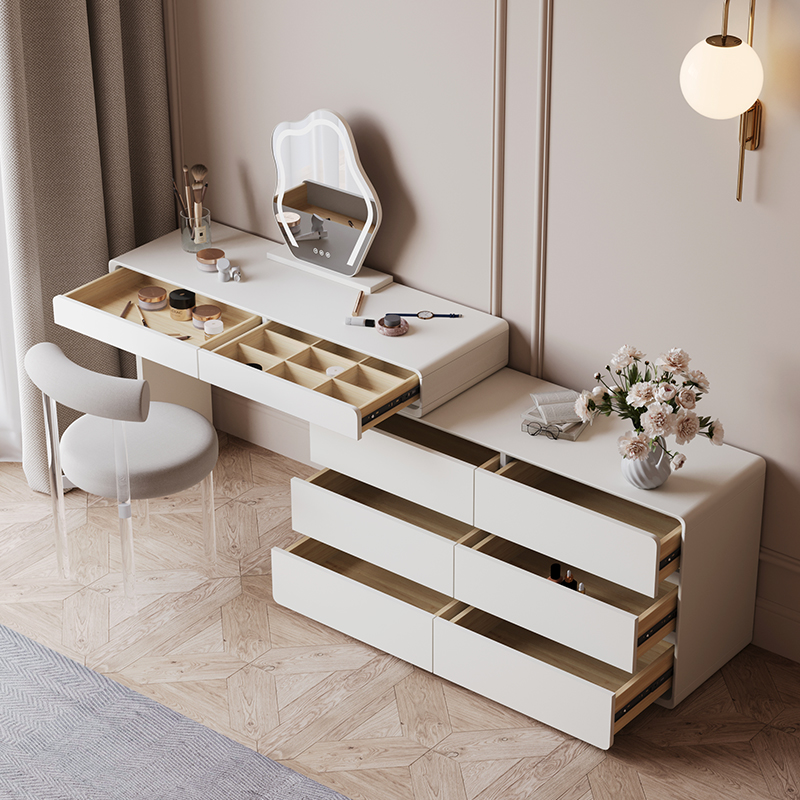
In the wood furniture industry, a common pitfall procurement departments face is overlooking post-production quality maintenance—especially scratch repair and moisture protection. While export-grade manufacturing meets global standards, true excellence lies in how you protect and maintain the furniture from the first scratch onward.
Wood furniture, whether solid wood or engineered panels, is inherently sensitive to environmental factors. Fluctuations in humidity often lead to warping or cracking, while daily use can cause scratches ranging from light surface blemishes to deep gouges. These issues not only reduce product lifespan but also harm your brand’s reputation abroad.
For example, a South American client reported that their shipments encountered moisture-induced swelling during transit, resulting in a 12% return rate. This highlights the need for robust moisture control and preventive care integrated into the export process.
The preservation approach significantly depends on the furniture material:
| Furniture Type | Recommended Care | Key Notes |
|---|---|---|
| Solid Wood | Use natural wood wax or wood oil regularly, control indoor humidity around 40-60% | More prone to moisture expansion and contraction |
| Engineered Wood (MDF, particle board) | Avoid excess water, use mild detergents, apply protective coatings | Susceptible to water damage and surface scratches |
A frequent question we hear: How can you fix scratches quickly without expensive tools? The principle might sound complex, but think of it like treating a scratch on your phone’s screen—you want to fill and blend the imperfection subtly and safely.
Here are practical steps you can follow with readily available materials:
Our factory quality checks confirmed that applying wood wax oil after repair can extend surface durability by up to 25%, reducing customer complaints about scratches.

Controlling indoor moisture and choosing appropriate cleaning products go hand in hand in preserving furniture quality. Aim to maintain relative humidity levels between 40% and 60% in shipping container storage and client environments to prevent swelling or mold.
For cleaning, avoid harsh solvents that can strip protective coatings or damage wood fibers. Opt for pH-neutral cleaners specifically designed for wood surfaces. Here’s a quick guideline:
| Cleaning Agent | Recommended Use |
|---|---|
| Mild Soap Solution | Routine cleaning, remove dust and light stains |
| Wood-Friendly Polish | Periodic surface protection and shine enhancement |
| Avoid Bleach & Solvents | Prevent coating damage and material degradation |

One of our major European clients struggled with a 10% return rate due to visible scratches on solid wood dining chairs shortly after delivery. After implementing our recommended scratch repair kits and moisture-controlled packing method, their return rate dropped to below 3% within six months.
Moreover, they reported enhanced customer satisfaction reflected in positive feedback about product longevity and appearance, proving that export quality transcends manufacturing—it's about meticulous aftercare.

Export quality is never just about manufacturing—it thrives in the details of ongoing maintenance. Customer satisfaction starts the moment a scratch appears, and your proactive care strategy shapes long-term brand strength.
Have you encountered similar challenges with wooden furniture in your supply chain? Share your specific scenarios below, and I’ll send you three case studies tailored to your industry for actionable solutions.











